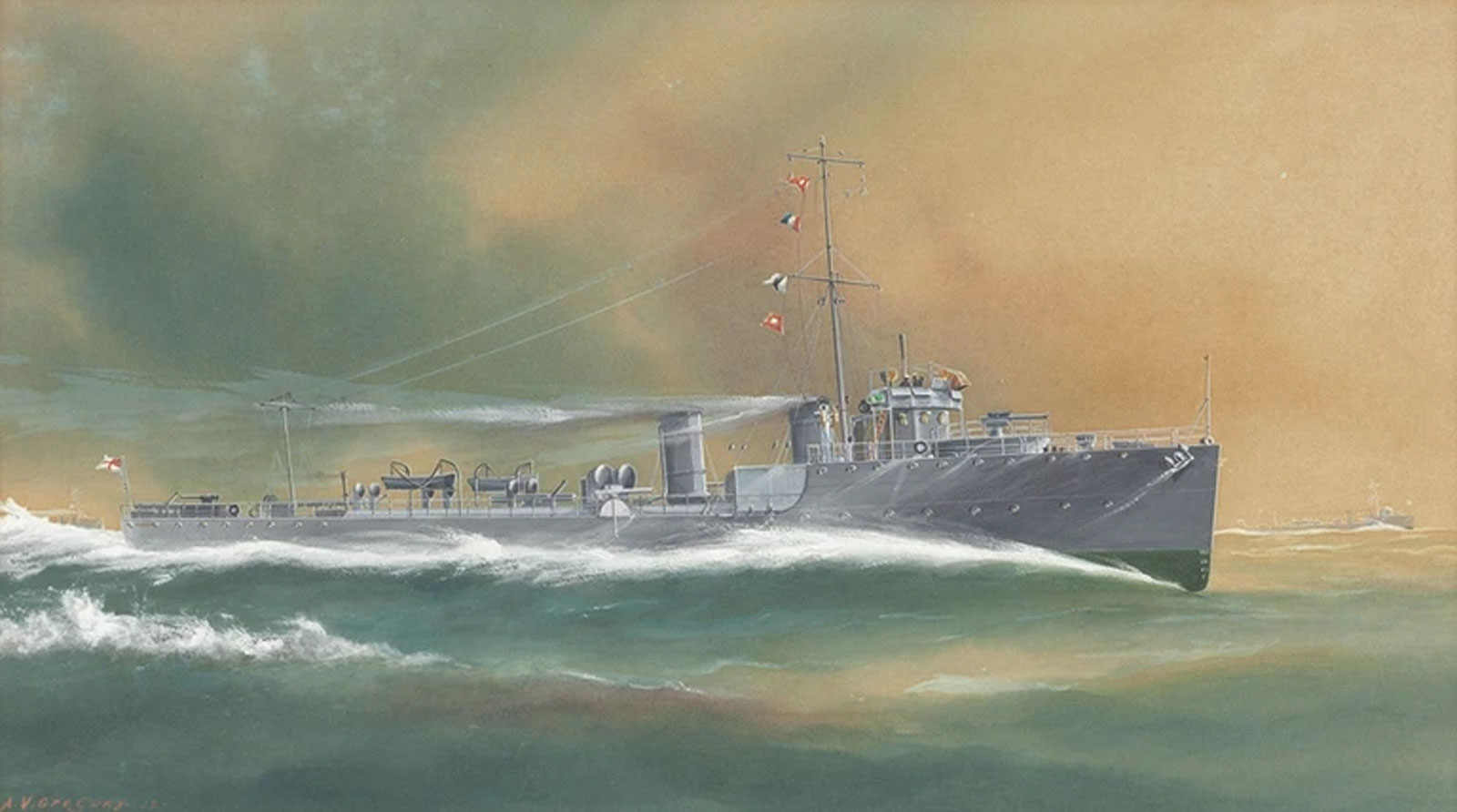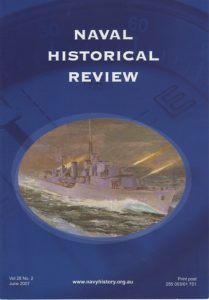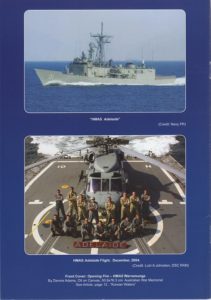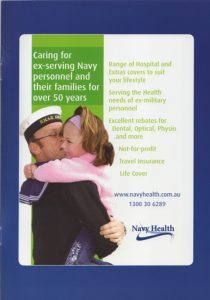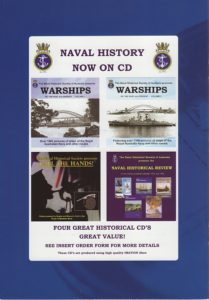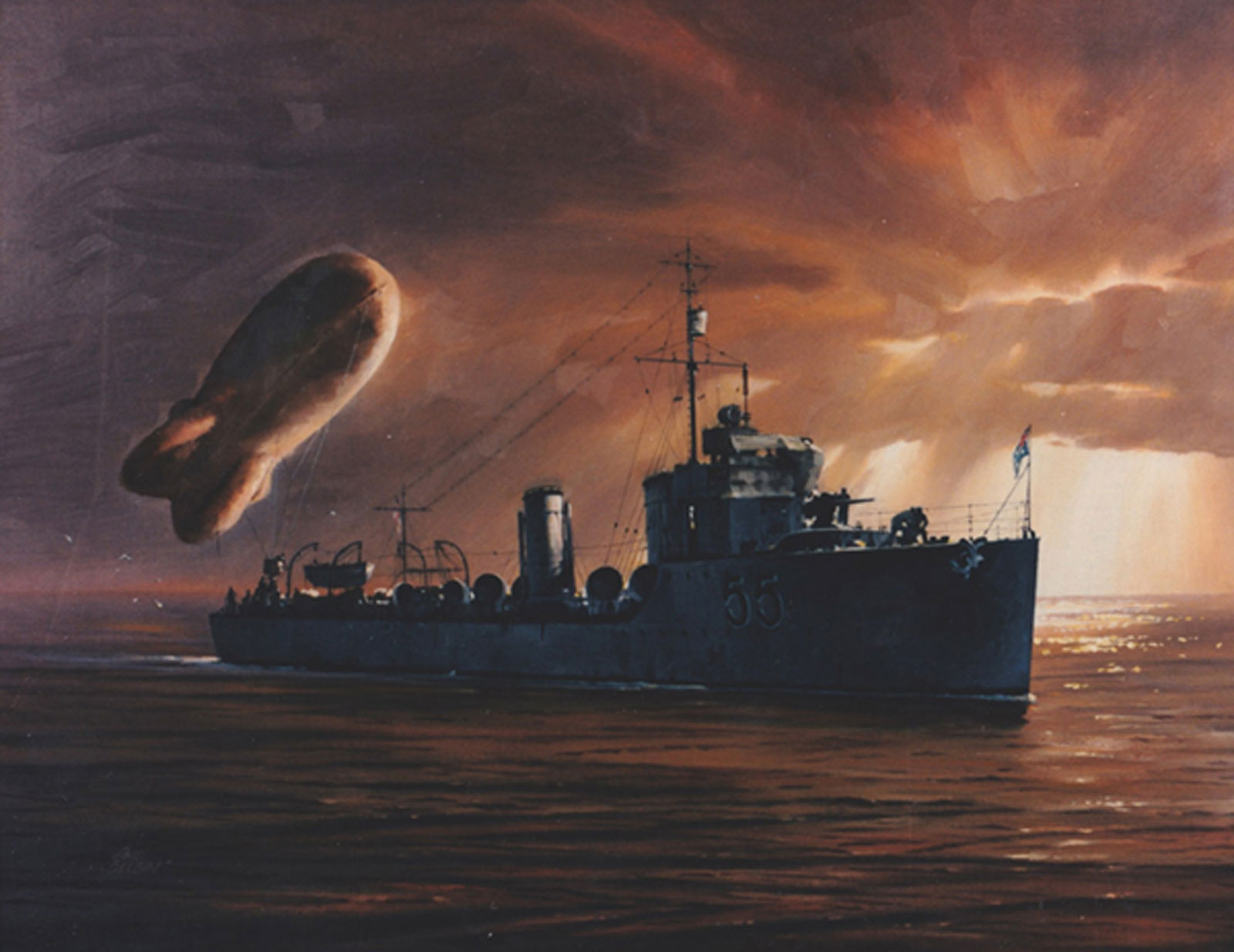
HMAS Parramatta (l)
HMAS Parramatta was one of six River Class torpedo boat destroyers built for the Royal Australian Navy during the period 1909-16. During World War I they formed the Australian Destroyer Flotilla. Sister ships were HMA Ships Huon, Swan, Torrens, Warrego and Yarra.
- Commissioned
10 September 1910 - Decommissioned
22 July 1919 - Fate
On 17 October 1929 HMAS Parramatta was handed over to Cockatoo Dockyard for dismantling. Her hull was subsequently used as an accommodation vessel, on the Hawkesbury River, by the New South Wales Department of Prisons. The vessel was moored in the river but broke adrift during a storm and ran aground and part of the wreck remains there to this day. On 7 July 1973 the bow and stern sections were salvaged. The stern of the ship was established as a naval memorial at Queens Wharf Reserve. The bow section is mounted at the north end of Garden Island, Sydney.
